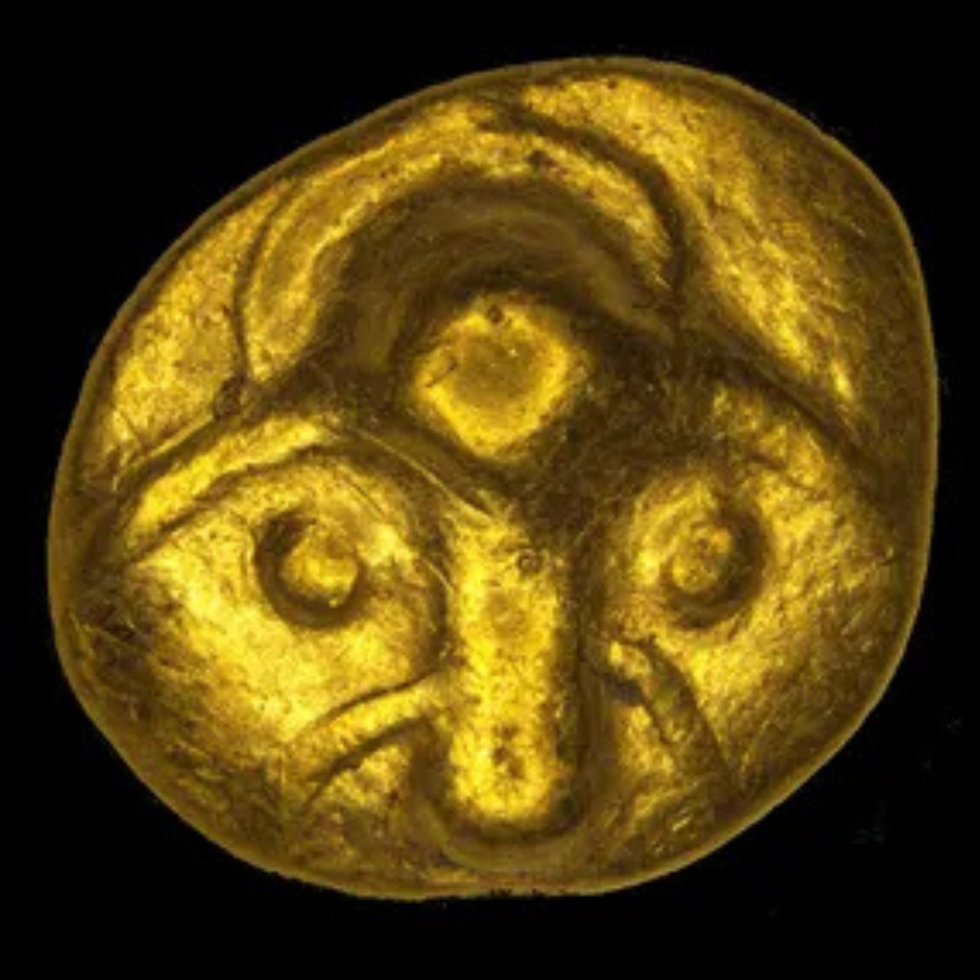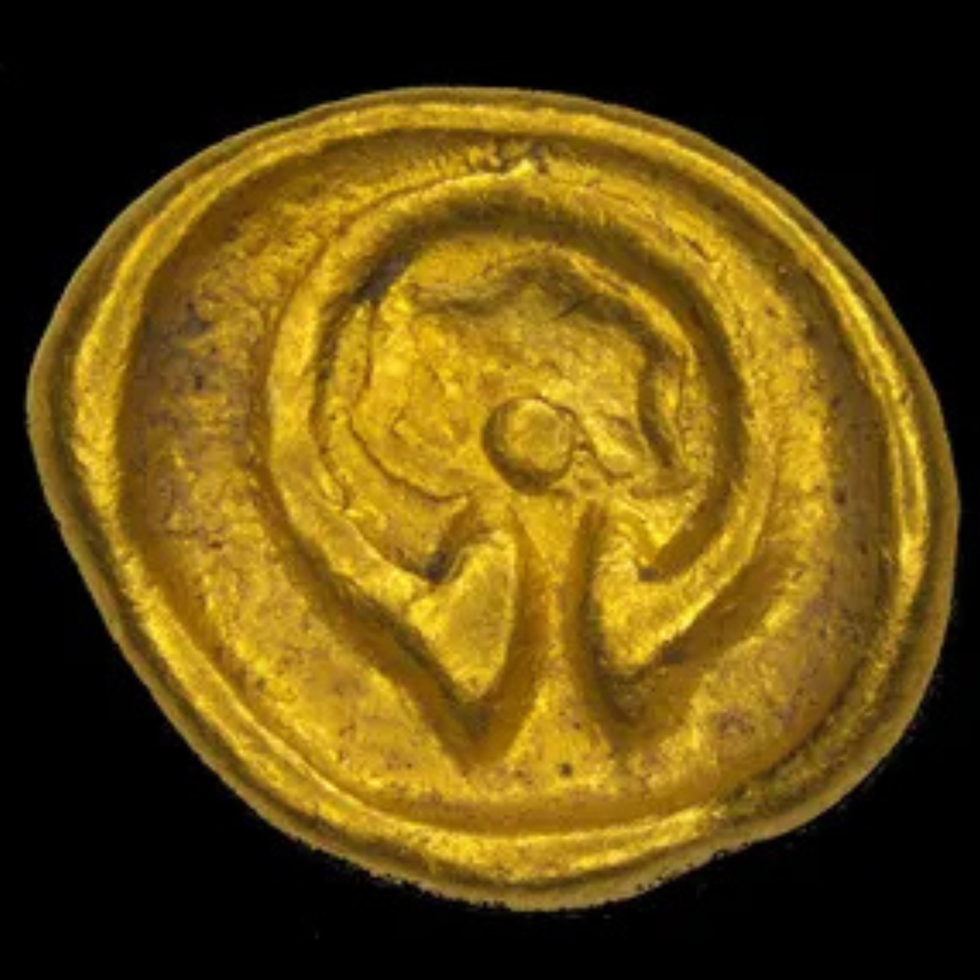Archaeologists baffled after 2,200-year-old treasure found in 'mint condition' below field
The pristine ancient find is the oldest ever to be discovered in the region
Don't Miss
Most Read
Latest
Archaeologists have been left baffled after a 2,200-year-old treasure was found in "mint condition" below a field in Germany.
Daniel Fest, a qualified metal detectorist, discovered a gold Celtic coin while scanning a field near Leipzig.
The coin, known as a "rainbow cup" is the oldest coin ever found in the state of Saxony and offers a rare example of imported Celtic currency.
Saxony's State Minister, Barbara Klepsch, said: "The gold coin is a tangible piece of our history, illuminating ancient trade and the people who once lived here."
TRENDING
Stories
Videos
Your Say
She also praised Mr Fest, adding: "It shoes how civic engagement contributes to uncovering and preserving our cultural identity."
Although numerous Celtic coins have been unearthed in Bohemia in the northwest Czech Republic, Saxony is considered to be outside the area where the Celts settled.
This coin has been named the Gundorf Rainbow Cup in reference to its location in a neighbourhood outside Leipzig.
Celtic coins were given the term rainbow cups after the German term "regenbogenschusselchen" which literally translates to "tiny rainbow finger bowl".

The Gundorf Rainbow Cup was found by Daniel Fest in a field near Leipzig
|LANDESAMT FUR ARCHAOLOGIE SACHSEN
They were named for their dish-like shape and the superstition that treasure could be found at the end of a rainbow.
It is thought this legend likely originated as rain would wash small treasures such as coins out of the soil and onto farmers' fields.
On one side of the Gundorf Rainbow Cup, the stylised head of an animal such as a stag can be seen. The other features a symbol thought to be a Celtic bracelet.
Saxony state archaeologist Regina Smolnik described the coin as being in "almost mint condition", suggesting it was not actually in circulation as a form of currency.
ARCHAEOLOGY BREAKTHROUGHS - READ MORE:

The coin is thought to feature a stage on one side and a Celtic torc (pictured) on the other
|LANDESAMT FUR ARCHAOLOGIE SACHSEN
She added: "Rather, it was likely a status symbol or a store of value belonging to an upper class person with trade relations with the Celts."
Despite the discovery only consisting of one coin, Ms Smolnik said it provided "further evidence of regular contact and connections" between the Celts and those living in Saxony at the time.
In 2021, researchers discovered 41 plain rainbow cups in the northeastern German state of Brandenburg.
These coins were minted in the first century BC and were once again likely procured through trade as Celts never settled in the area.
The Celts were fierce warrior tribes who lived across mainland Europe, Britain and Ireland during the Iron Age.
Known for painting their skin with a blue dye known as "woad", the Celts sacked Rome in 390BC.
The coin will soon go on display in a museum to allow members of the public the chance to gain insight into the ancient Celtic culture and the sophisticated trade networks of the time.











